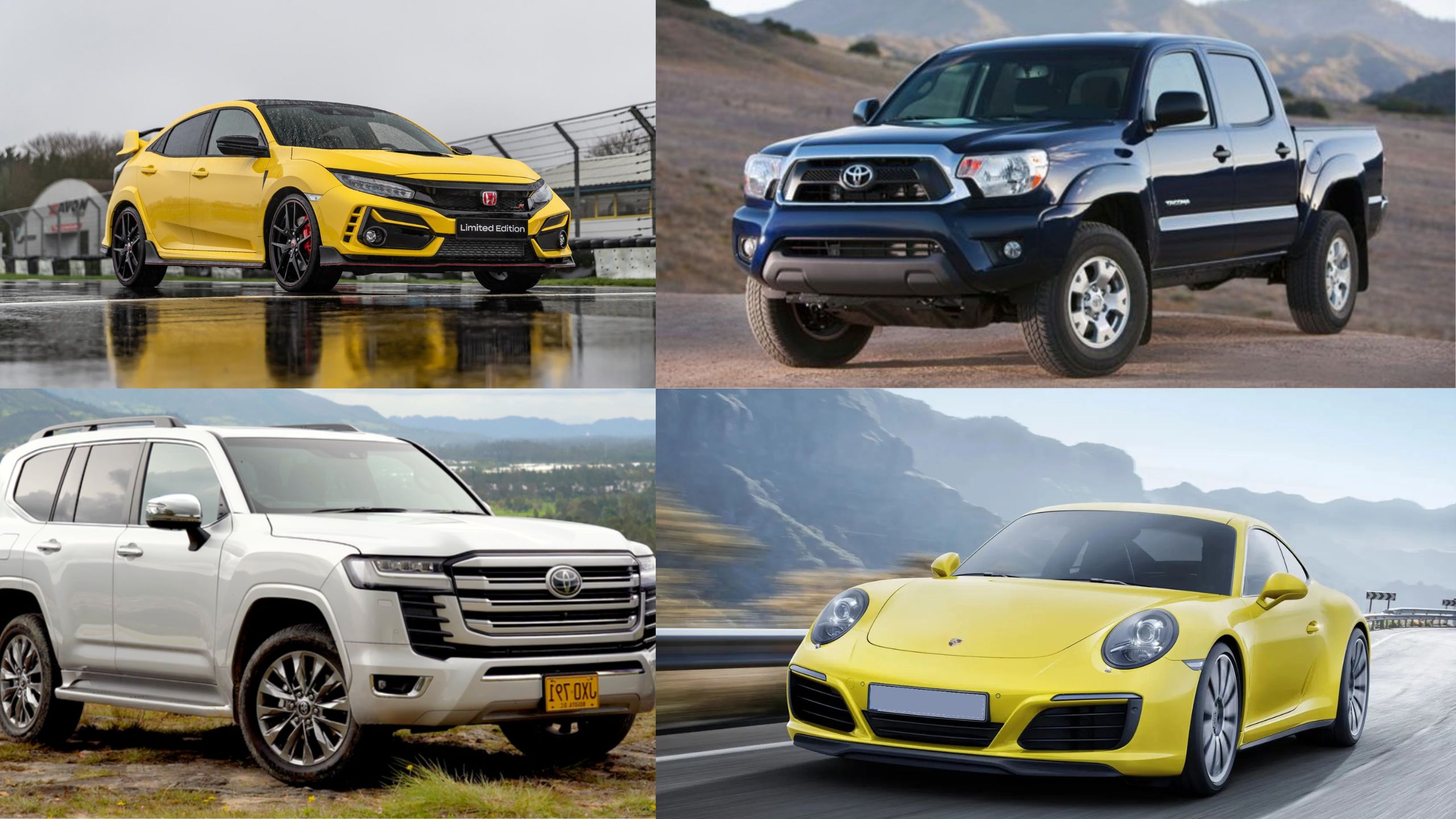While most vehicles lose 20-30% of their value in the first year alone and up to 60% within five years, certain extraordinary automobiles defy this financial gravity.
These automotive unicorns maintain their value through combinations of limited production numbers, legendary reliability, cult followings, and timeless design.
Understanding which vehicles hold their value isn’t just trivia for enthusiasts it’s valuable knowledge for practical buyers seeking to maximize their automotive investments. In today’s market, where economic uncertainty has many consumers thinking long-term, depreciation-resistant vehicles offer a rare combination of driving pleasure and financial prudence.
The following twelve vehicles represent the pinnacle of value retention in the automotive world, some even appreciating over time transforming from mere transportation into genuine investments.
From rugged off-roaders to precision sports cars, these models have proven their staying power in a marketplace that treats cars as rapidly depreciating assets. Let’s explore what makes these twelve vehicles financial outliers in an industry where value typically vanishes the moment you drive off the dealership lot.
1. Toyota Land Cruiser
The Toyota Land Cruiser stands as perhaps the ultimate expression of depreciation resistance in the automotive world.
This legendary SUV’s value retention stems from an almost mythical reputation for reliability, with many examples easily surpassing 300,000 miles while maintaining their functionality and desirability.
Toyota’s 2021 announcement of the Land Cruiser’s discontinuation in the North American market only intensified demand, with late-model examples sometimes selling for more than their original MSRP.
The Land Cruiser’s appeal transcends mere transportation; it represents an engineering philosophy of overbuilt durability that’s increasingly rare in modern vehicles.
Unlike luxury SUVs designed primarily for suburban driving, the Land Cruiser was engineered for the harshest environments on earth from Australian outback to African deserts to Arctic tundra.
This global reputation as a vehicle that won’t strand its occupants, regardless of conditions, creates an enduring demand pool spanning multiple continents.
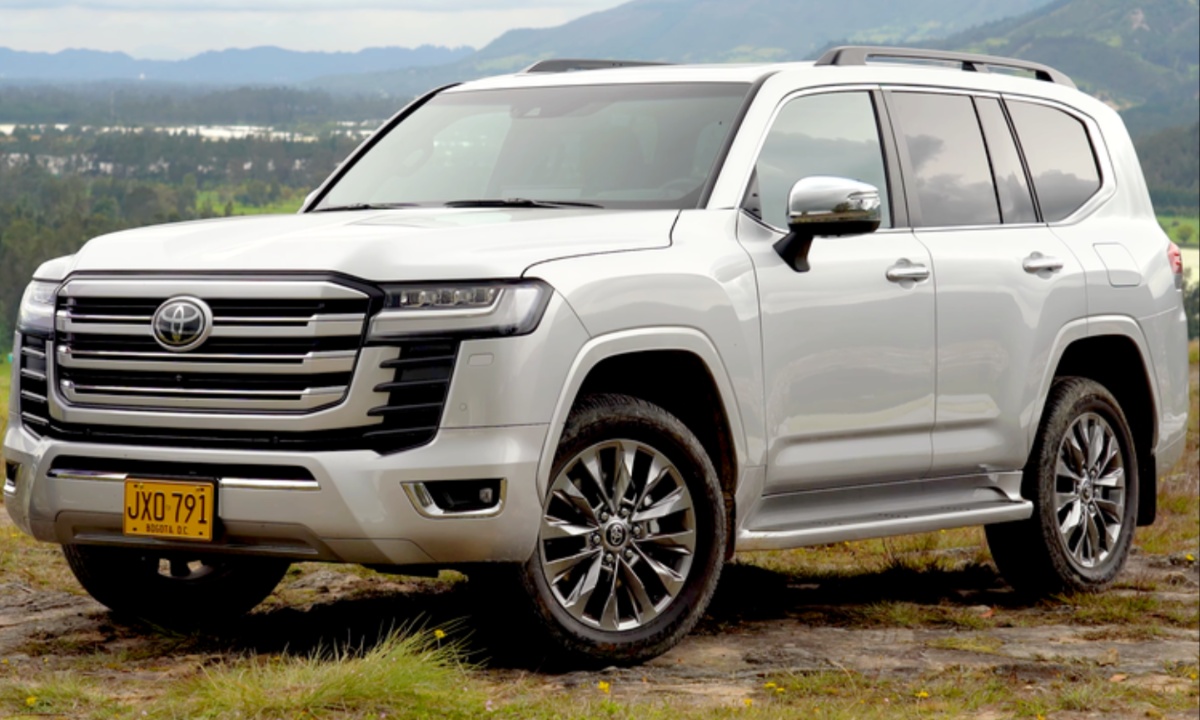
What’s particularly remarkable about Land Cruiser depreciation is how it affects even high-mileage examples. While most vehicles become nearly worthless after 150,000 miles, Land Cruisers with double that mileage often retain 40-50% of their original value.
The 100-series (1998-2007) models have shown especially strong value retention, with clean examples commanding premium prices despite their age.
Collectors and enthusiasts have also begun to recognize older Land Cruiser models (particularly the FJ40, FJ60, and FJ80 generations) as appreciating assets.
Carefully restored examples regularly sell for multiples of their original price, with the market showing no signs of cooling.
For value-conscious buyers, the Land Cruiser represents that rarest of automotive purchases one that might actually leave them financially ahead after years of ownership.
2. Porsche 911
The Porsche 911 defies conventional automotive economics like few other production vehicles in history.
While most sports cars experience rapid depreciation as newer, faster models emerge, the 911 has maintained extraordinary value retention across multiple generations.
This iconic rear-engine sports car’s depreciation curve is so shallow that many owners report minimal financial losses after years of ownership, with certain special editions and limited models appreciating substantially.
Porsche’s evolutionary rather than revolutionary approach to 911 development plays a key role in this value retention.
Unlike manufacturers who radically redesign models every generation, Porsche has refined the 911’s distinctive silhouette and rear-engine layout since 1963, creating timeless visual recognition and mechanical continuity that transcends typical product cycles.
This design consistency means even older 911s remain recognizably “current” in a way few other decades-old vehicles can match.
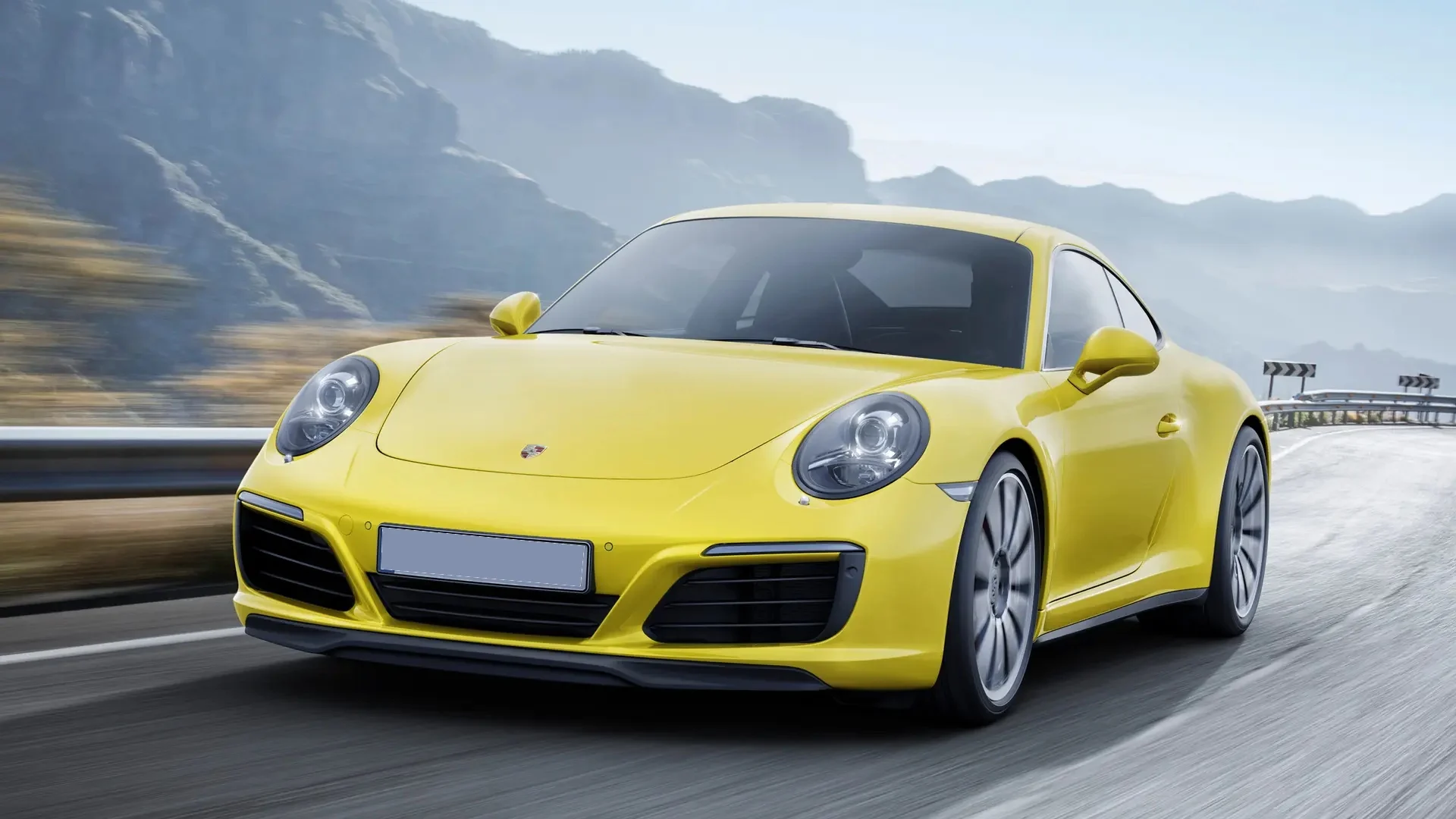
The 911’s reputation for everyday usability further strengthens its market position. Unlike exotic supercars that often gather dust between occasional use, the 911 combines performance with practical daily drivability, broadening its appeal beyond collectors to enthusiasts who drive their investment.
This real-world usability creates sustained demand across various price points in the 911 ecosystem.
Porsche’s meticulous attention to production volume management also supports value retention.
By carefully limiting supply particularly of special models like GT3, GT2, and limited editions Porsche maintains a scarcity premium that protects values across the entire model range.
The company’s exceptional support for aging models through its Classic program ensures parts availability decades after production, eliminating a major concern that typically accelerates the depreciation of older performance vehicles.
Particularly strong performers in the value retention category include air-cooled models (pre-1999), special editions like the 911R and limited production GT cars, and manual transmission variants as Porsche transitions toward PDK automatics.
For buyers concerned with minimizing depreciation while maximizing driving pleasure, few vehicles in automotive history offer the combination of performance, prestige, and financial stability of a well-chosen Porsche 911.
3. Toyota Tacoma
The Toyota Tacoma has built an almost legendary reputation for value retention that defies typical depreciation patterns for pickup trucks.
Unlike full-size trucks that often lose substantial value within their first few years, Tacomas frequently retain 70-80% of their value after five years leading some owners to report selling their five-year-old trucks for nearly what they paid.
This extraordinary depreciation resistance stems from Toyota’s deliberate production strategy: maintaining a slightly restricted supply against consistently strong demand creates a perpetual seller’s market.
Tacoma’s reputation for bulletproof reliability forms the foundation of its value proposition. With engines and transmissions routinely surpassing 300,000 miles without major repairs, used truck buyers willingly pay premium prices for older Tacomas rather than risk the unknown maintenance histories of cheaper alternatives.
This reputation wasn’t built overnight; it represents decades of evolutionary engineering refinement rather than revolutionary changes—Toyota’s conservative approach prioritizes proven systems over cutting-edge technology that might compromise longevity.
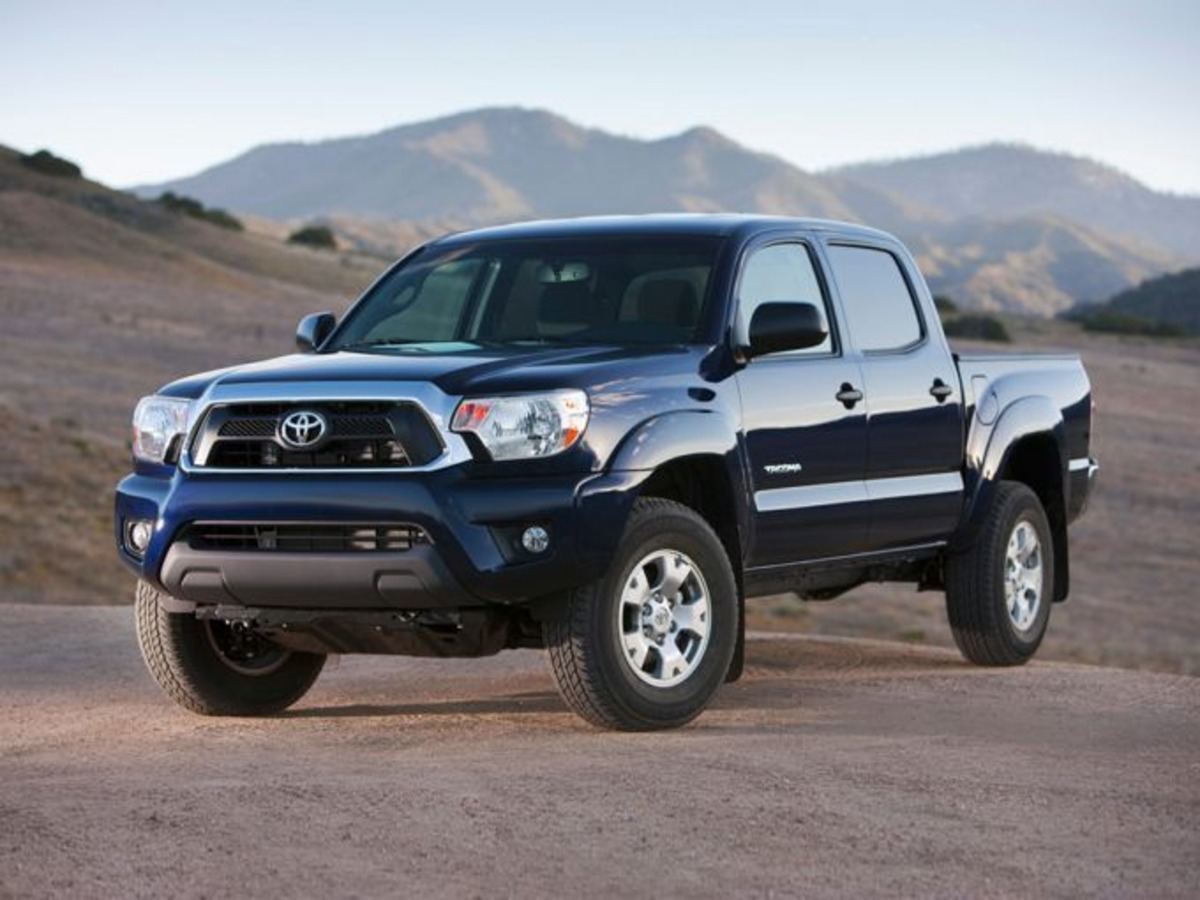
Off-road culture and aftermarket support further bolster Tacoma’s values. The truck’s popularity among outdoor enthusiasts has created a thriving ecosystem of aftermarket upgrades, enabling owners to customize their vehicles for specific needs while maintaining resale value.
Special editions like the TRD Pro command extraordinary premiums on the resale market, sometimes selling for more than their original sticker prices after several years of ownership.
What’s perhaps most remarkable about Tacoma depreciation is its consistency across economic cycles. During the 2008-2009 recession, when most vehicle values plummeted, Tacoma prices remained relatively stable, demonstrating the model’s status as a financial haven within the automotive market.
This recession-resistant quality continues to attract buyers concerned about potential economic downturns, creating a self-reinforcing cycle of strong demand and minimal depreciation.
For value-conscious truck buyers seeking to minimize the typically substantial depreciation hit that comes with new vehicle ownership, the Tacoma represents perhaps the safest automotive financial decision available in the American market.
4. Jeep Wrangler
The Jeep Wrangler stands as a remarkable anomaly in automotive depreciation patterns, consistently ranking at the top of value retention studies across multiple generations.
This iconic off-roader typically retains approximately 70% of its value after three years a figure that dwarfs the industry average of about 40%.
The Wrangler’s extraordinary ability to hold value stems from a perfect storm of factors that create sustained demand regardless of economic conditions or automotive trends.
Central to the Wrangler’s value proposition is its unmatched combination of daily practicality and genuine off-road capability.
Unlike crossovers that merely look rugged, the Wrangler delivers authentic performance in challenging terrain while remaining civilized enough for daily driving.
This dual-purpose functionality creates demand across diverse buyer groups, from urban fashion-conscious consumers attracted to its iconic styling to serious off-road enthusiasts who appreciate its mechanical simplicity and durability.
Jeep’s evolutionary approach to Wrangler development has protected residual values by preventing design obsolescence.
While technological enhancements have improved comfort, safety, and capability, the Wrangler’s fundamental design elements round headlights, seven-slot grille, removable doors and roof, and fold-down windshield remain intact across generations.
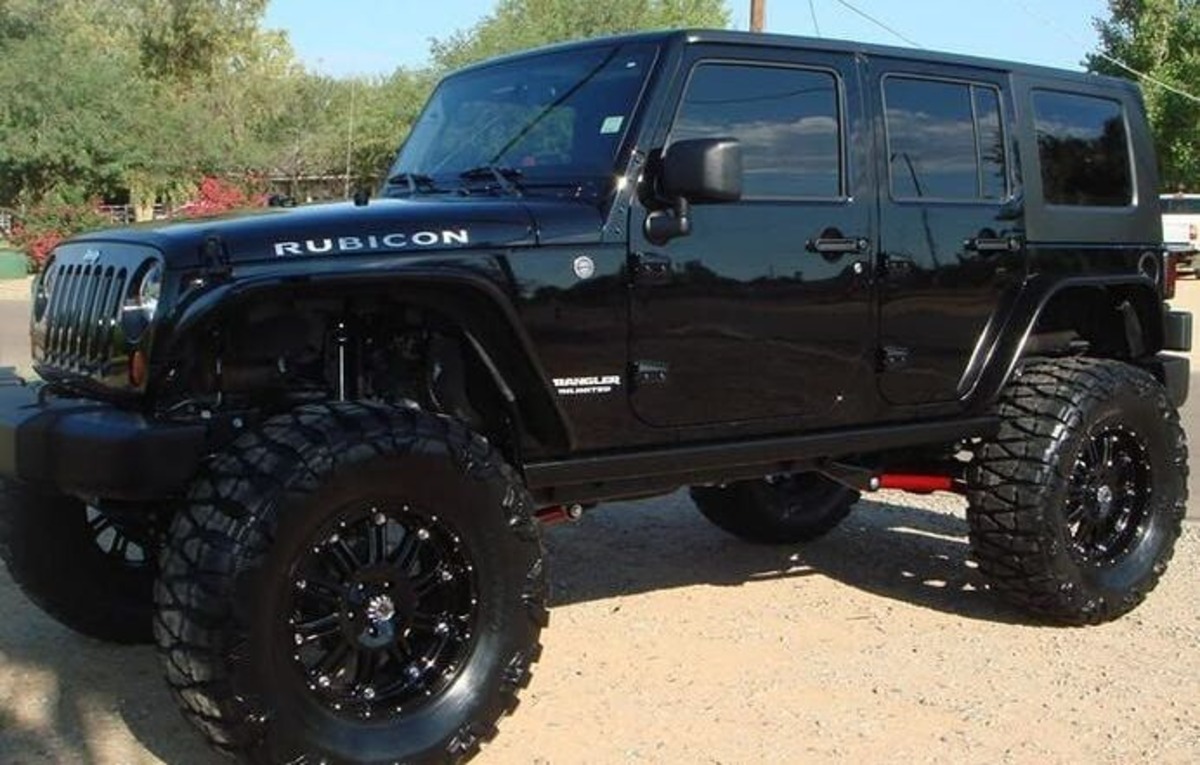
This consistency means even older models retain the essential “Wrangler-ness” that buyers seek, preventing the visual dating that accelerates depreciation in more fashion-driven vehicle segments.
The Wrangler’s unparalleled customization potential further supports its value retention. A thriving aftermarket offers everything from basic accessories to comprehensive modification systems, allowing owners to personalize their vehicles while often enhancing resale values rather than diminishing them as modifications typically do with other vehicles.
Limited edition models like the Rubicon and anniversary editions command particularly strong premiums on the used market.
What truly separates the Wrangler from other vehicles is its ability to transcend transportation status and become a lifestyle statement.
For many owners, the Wrangler represents freedom, adventure, and Americana in physical form and emotional associations that create demand impervious to typical market forces.
This cultural significance, combined with mechanical durability that enables many examples to remain serviceable for decades, has created an almost unique position in the automotive marketplace where depreciation curves flatten dramatically after initial years, making well-maintained Wranglers among the most financially prudent vehicle purchases available.
Also Read: 10 Family Cars That Can Easily Last Over 20 Years
5. Subaru WRX/STI
The Subaru WRX and its higher-performance STI variant have consistently defied conventional depreciation patterns since their introduction to the North American market in 2002.
These rally-inspired sport sedans typically retain approximately 60-70% of their value after five years significantly outperforming most competitors in the sport compact segment.
This remarkable value retention stems from a unique combination of performance capabilities, practical functionality, and a passionate enthusiast community that maintains a strong demand for well-maintained examples.
Unlike many performance vehicles that sacrifice practicality for speed, the WRX/STI platform offers genuine four-season usability thanks to its all-wheel-drive system, four-door configuration, and reasonable cargo capacity.
This versatility creates year-round demand across diverse climates, particularly in snow-prone regions where the Subaru’s performance advantages become most apparent.
The ability to function as both a weekday commuter and weekend track toy significantly broadens the vehicle’s appeal beyond typical sports car demographics.
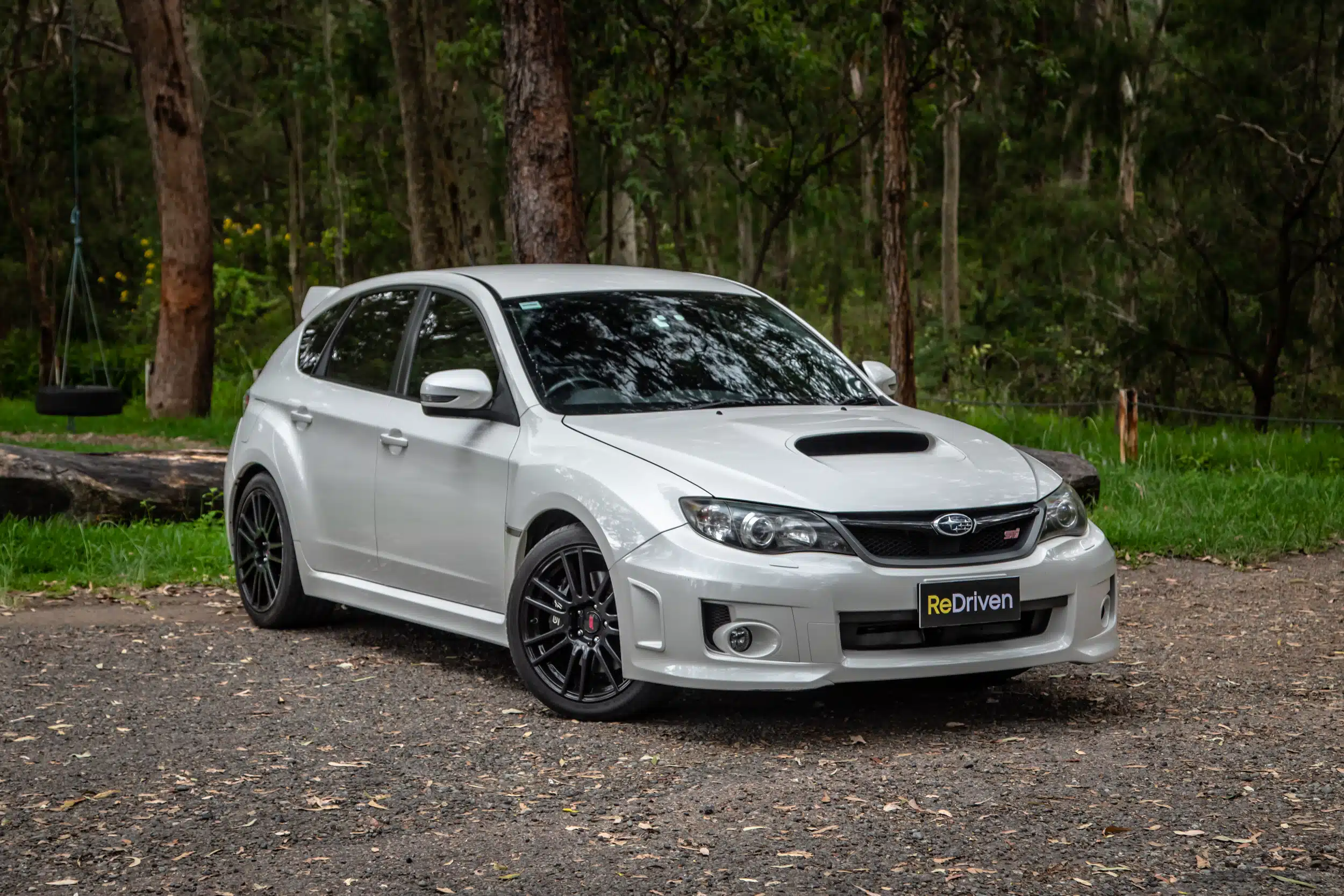
Subaru’s conservative production strategy has further protected resale values. By maintaining relatively limited production numbers—particularly for the higher-performance STI variant Subaru ensures demand consistently outpaces supply in the secondary market.
This manufacturing approach, combined with the models’ reputation for responding exceptionally well to performance modifications, has created a healthy ecosystem where even older examples command premium prices if properly maintained.
The WRX/STI community itself represents perhaps the most important factor in the model’s extraordinary depreciation resistance.
Few vehicle platforms inspire the tribal loyalty displayed by Subaru performance enthusiasts, who often view ownership as membership in a cultural movement rather than mere transportation.
This community-driven demand creates a perpetual seller’s market for clean, unmodified examples, with particularly strong premiums for special editions like the 22B, S209, and various anniversary models.
What’s particularly notable about WRX/STI depreciation patterns is their resilience during model transitions.
While most vehicles experience accelerated depreciation when replacement generations arrive, the distinctive character of each WRX/STI generation creates collector demand that stabilizes values during these transitions.
For performance-minded buyers seeking to minimize financial impact while maximizing driving enjoyment, the WRX/STI platform represents one of the most compelling value propositions in the enthusiast vehicle marketplace offering near-exotic performance capabilities with depreciation profiles more similar to practical family transportation.
6. Honda Civic Type R
The Honda Civic Type R represents one of the most surprising depreciation success stories in the hot hatch segment.
Unlike most performance-oriented variants that typically depreciate faster than their standard counterparts, the Civic Type R has demonstrated remarkable value retention with some early U.S.-market FK8 models (2017-2021) actually selling for above their original MSRP years after purchase.
This extraordinary market performance stems from Honda’s carefully managed approach to the Type R’s production and distribution strategy.
Central to the Type R’s value retention is Honda’s deliberate supply limitation. By restricting production numbers and carefully allocating vehicles to markets worldwide, Honda created an immediate scarcity premium that has proven remarkably durable.
Unlike manufacturers who flood markets with “special editions,” Honda’s restraint means demand consistently outstrips supply in both new and used markets.
This approach transformed the Type R from mere transportation into a collectible asset that attracts both enthusiasts and investment-minded buyers.
The Civic Type R’s value proposition is further strengthened by its unique position in the market.
As one of the few remaining “pure” front-wheel-drive performance cars engineered with track use in mind, it occupies a specialized niche with limited direct competition.
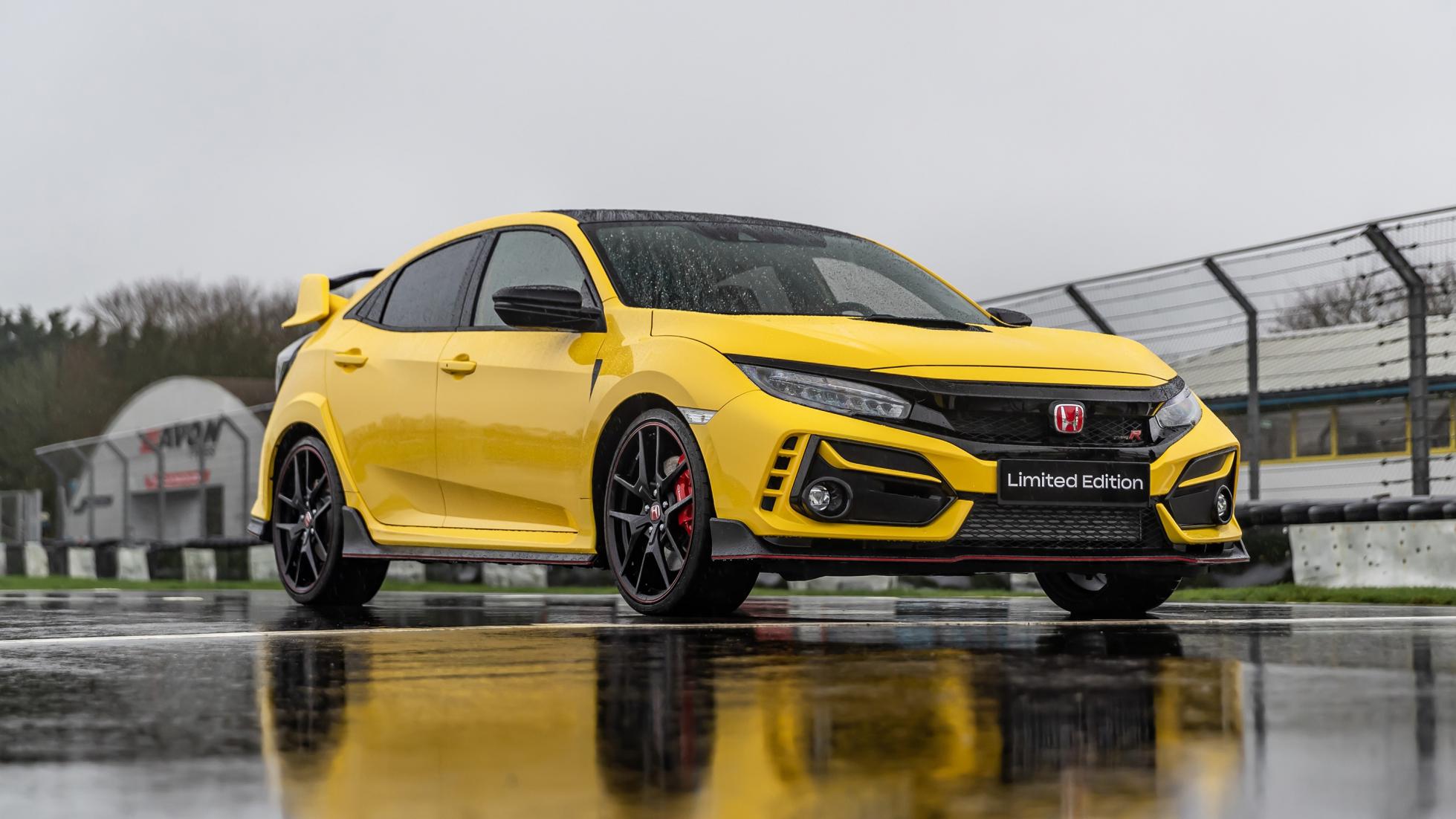
The vehicle’s ability to deliver supercar-challenging track performance while maintaining daily drivability and Honda reliability creates a multi-dimensional appeal that supports strong residual values.
Technical sophistication further insulates the Type R from typical depreciation patterns. Its turbocharged VTEC engine, adaptive suspension system, and aerodynamic package represent significant engineering investments that competitors have struggled to match at similar price points.
This technical advantage creates a “future-proofing” effect that helps older models maintain relevance (and value) even as newer competitors emerge.
Perhaps most significantly, the Type R benefits from Honda’s decades-long cultivation of an enthusiast community that values the red “H” badge as a mark of engineering excellence rather than mere status.
This community-driven demand means properly maintained Type Rs often pass directly between enthusiasts without experiencing the value deterioration typical of mainstream market channels.
For buyers seeking performance with financial prudence, the Civic Type R represents a rare opportunity to experience world-class driving dynamics in a package that might appreciate rather than depreciate over a reasonable ownership period.
7. Lexus LX
The Lexus LX series represents perhaps the ultimate expression of luxury SUV depreciation resistance, consistently outperforming not only mainstream competitors but also other premium offerings in value retention.
This Toyota Land Cruiser-based luxury flagship typically retains approximately 65-70% of its value after five years extraordinary for a vehicle with an initial price tag frequently exceeding $90,000.
This remarkable depreciation performance stems from a carefully calibrated balance between opulence and engineering pragmatism that creates enduring appeal across multiple buyer demographics.
The LX’s value retention starts with its mechanical foundation Toyota’s legendary Land Cruiser platform, renowned worldwide for durability measured in decades rather than years.
While most luxury SUVs prioritize contemporary styling and technology that quickly become dated, the LX’s underlying engineering emphasizes longevity through overbuilt components and conservative technological implementation.
This approach means even higher-mileage examples maintain significant market value due to their reputation for mechanical integrity that can surpass 300,000 miles with proper maintenance.
Lexus’s disciplined production volume management further supports strong residual values. Unlike some luxury manufacturers who chase volume targets through aggressive leasing and fleet sales, Lexus maintains relatively limited LX production, creating natural scarcity that protects secondary market values.
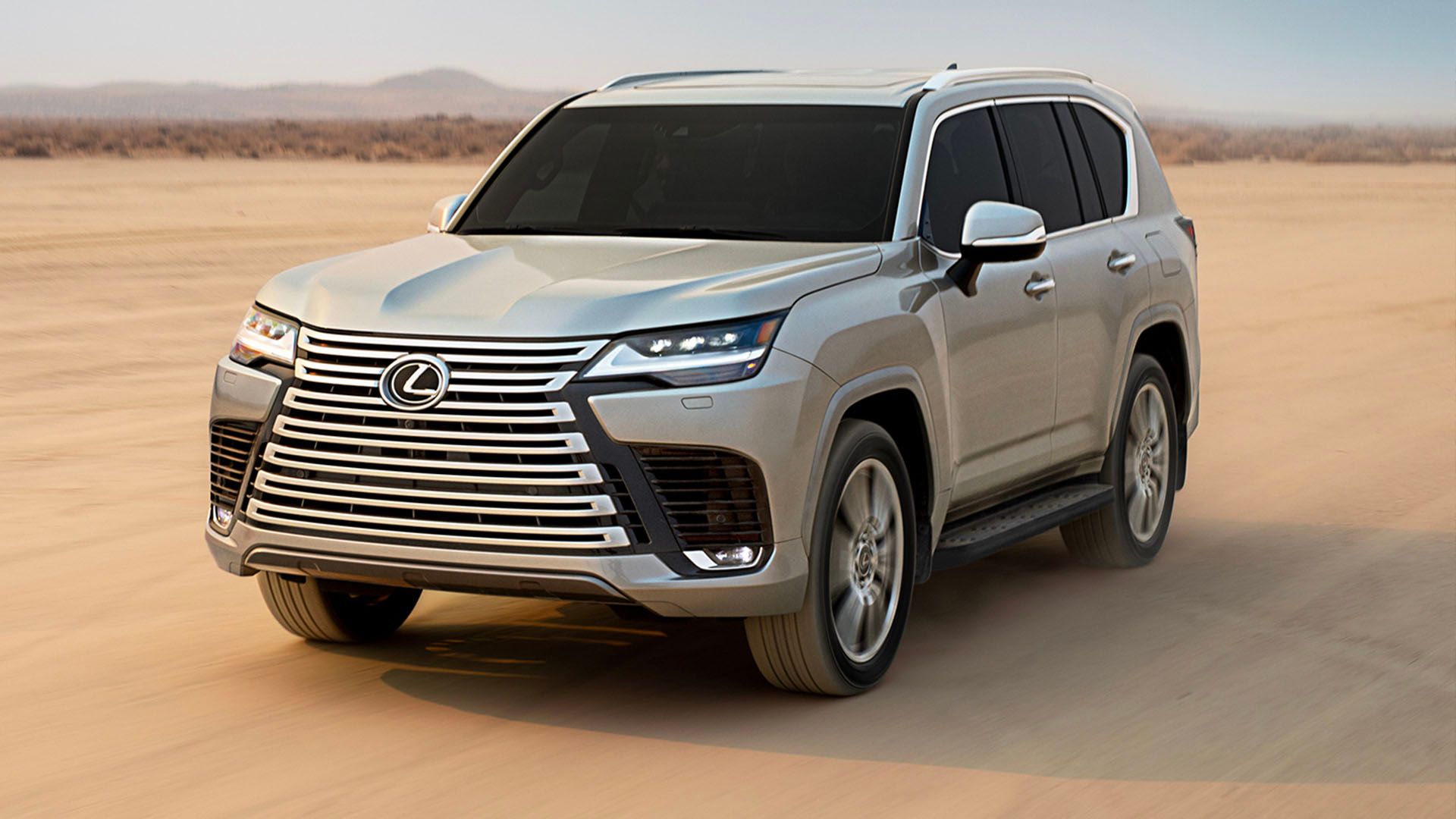
This manufacturing restraint combines with the model’s dual-continent appeal (it’s highly sought after in North America, the Middle East, and Australia) to ensure global demand consistently supports strong valuations regardless of regional economic conditions.
The LX’s design philosophy of evolutionary rather than revolutionary advancement also contributes to its depreciation resistance.
While each generation incorporates modern technology and comfort features, Lexus avoids radical styling departures that might alienate its conservative buyer base or quickly date older models. This consistency means even decade-old examples maintain visual relevance that helps preserve their market position.
What truly distinguishes the LX in depreciation performance is its unique combination of genuine off-road capability, luxury appointments, and reliability metrics that lead its segment.
While competitors force buyers to choose between luxury, capability, or longevity, the LX delivers all three creating a value proposition that justifies premium pricing in both new and used markets.
For luxury SUV buyers concerned with long-term ownership costs, the higher initial investment in an LX is frequently offset by extraordinary value retention that makes it among the most financially prudent choices in the luxury segment.
8. Ford F-150 Raptor
The Ford F-150 Raptor has rewritten the depreciation rules for performance trucks since its introduction in 2010, demonstrating value retention patterns more commonly associated with limited-production sports cars than pickup trucks.
This desert-racing inspired super-truck typically retains approximately 70-75% of its value after three years far outpacing conventional F-150 models and competitors.
The Raptor’s extraordinary market performance stems from Ford’s creation of what amounts to an entirely new vehicle category with limited direct competition.
Unlike conventional performance vehicles that sacrifice utility for speed, the Raptor enhances its fundamental truck capabilities while adding desert-runner performance credentials.
This dual-purpose functionality creates appeal across diverse buyer groups from working professionals who appreciate its everyday practicality to enthusiasts who value its off-road performance envelope.
This broad market appeal ensures consistent demand regardless of economic conditions or automotive trends.
Ford’s production strategy has perfectly balanced exclusivity with accessibility. While Raptors aren’t limited-numbered collector editions, Ford maintains just enough production restraint to ensure demand slightly exceeds supply creating a perpetual seller’s market without the price gouging associated with ultra-limited vehicles.
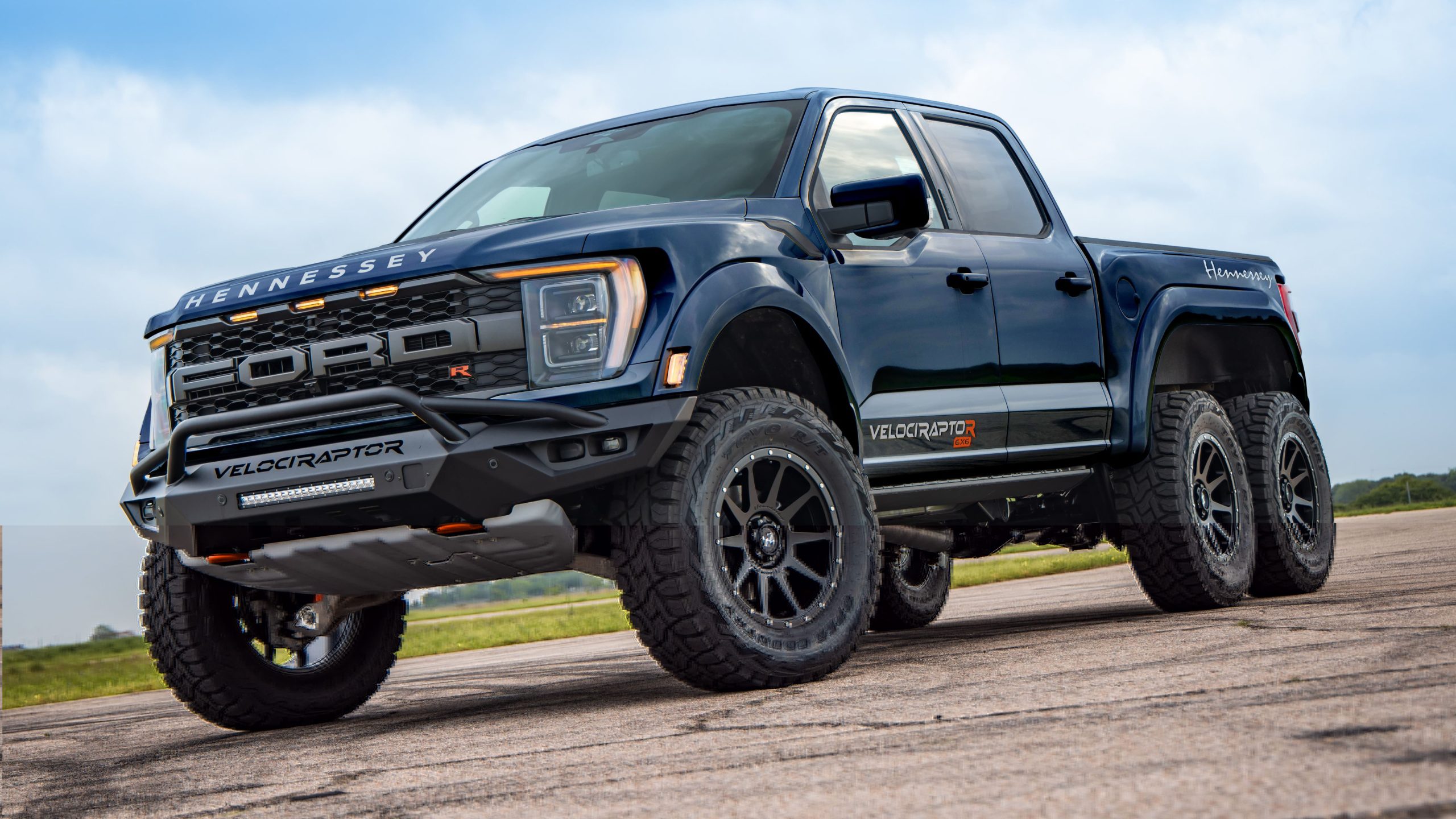
This careful volume management combines with the vehicle’s genuinely advanced technical specifications to justify premium pricing in both new and used markets.
What particularly distinguishes Raptor depreciation is its resilience across generations. When Ford introduced the second-generation Raptor in 2017, switching from V8 to twin-turbocharged V6 power, many predicted first-generation values would collapse.
Instead, the distinctive character of each generation created separate demand pools, with V8 enthusiasts maintaining strong market support for original models while performance-focused buyers migrated to newer versions.
This generational value stability demonstrates the model’s transition from a mere vehicle to a cultural icon.
The Raptor’s factory warranty coverage of modified use represents perhaps its most significant value proposition.
Unlike most vehicles whose warranties are voided by performance driving, Ford explicitly engineered and warrants the Raptor for off-road use at speed legitimizing behaviors that would void coverage on conventional trucks.
This manufacturer endorsement of enthusiast use creates confidence among secondary buyers who would otherwise avoid used performance vehicles, maintaining demand even for examples with evidence of appropriate recreational use.
For buyers seeking genuine performance capabilities with truck utility and manageable ownership costs, the Raptor represents one of the most compelling value propositions in the contemporary automotive marketplace.
9. Chevrolet Corvette Z06
The Chevrolet Corvette Z06 has consistently demonstrated extraordinary depreciation resistance that contradicts conventional wisdom about American sports cars.
While standard Corvette models follow more typical depreciation curves, the high-performance Z06 variant typically retains approximately 65-70% of its value after five years of performance that rivals or exceeds many European exotics costing several times as much.
This remarkable value retention stems from Chevrolet’s precision-targeted engineering approach that delivers supercar performance at a fraction of expected market pricing.
The Z06’s value proposition begins with its performance specifications, which frequently match or exceed those of exotic cars costing three to five times as much.
This “performance value arbitrage” creates a mathematical floor under used values, as the Z06’s capabilities can’t be replicated at similar price points from any competitor.
This performance-per-dollar equation particularly benefits second and third owners, who recognize the Z06 represents perhaps the most accessible entry point to genuine supercar performance.
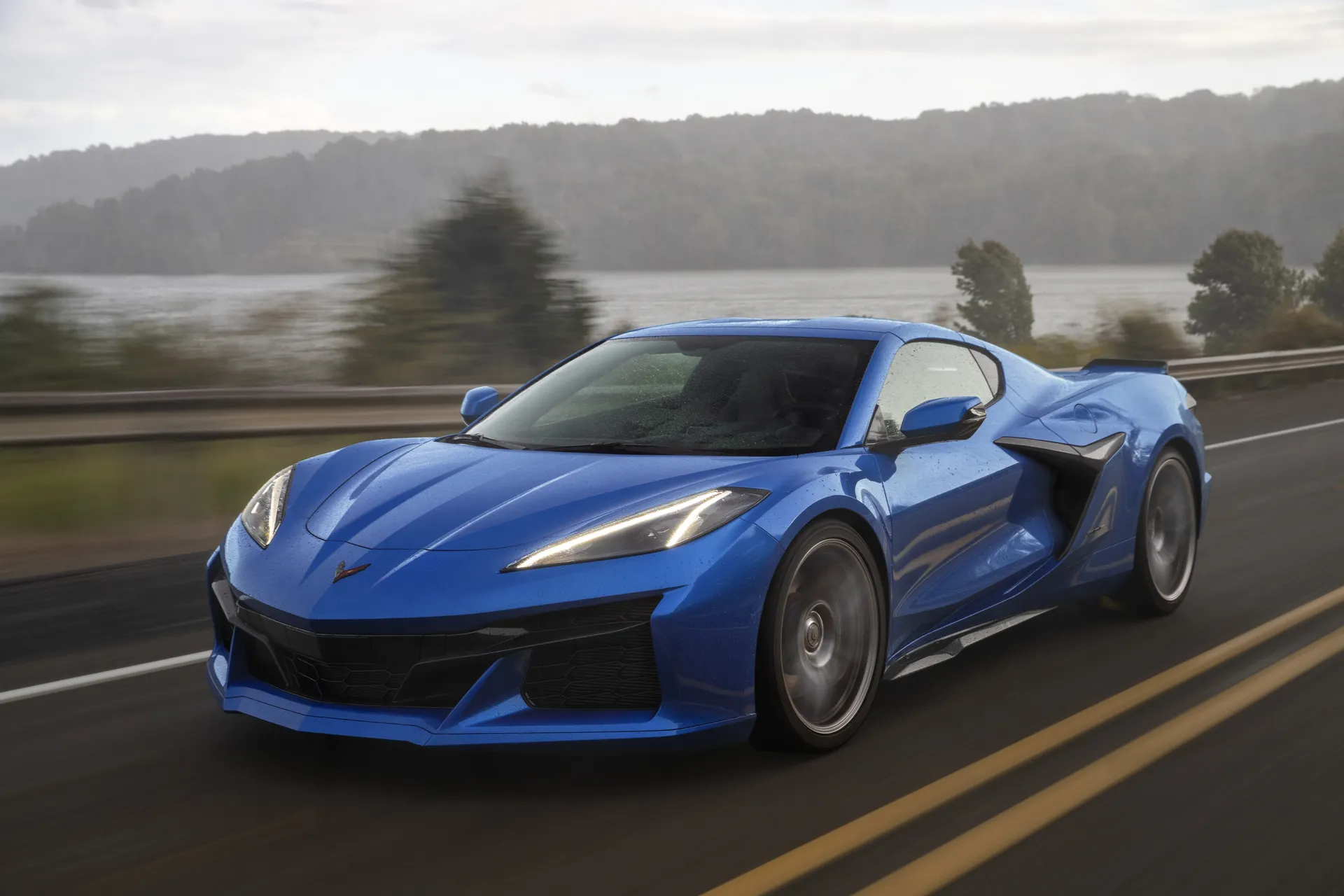
Chevrolet’s carefully managed production volumes further support Z06 values. While not limited to numbered collector editions, Z06 production typically represents approximately 15-20% of total Corvette manufacturing, maintaining enough scarcity to prevent market saturation while producing sufficient examples to create a healthy enthusiast ecosystem.
This volume balancing act protects values without creating the price volatility associated with ultra-limited production vehicles.
The Z06’s mechanical durability plays a crucial role in its depreciation resistance. Unlike many exotic performance cars that require cripplingly expensive maintenance schedules, the Z06’s relatively conventional pushrod V8 architecture (in generations before C8) provides reasonable service costs while delivering exceptional reliability metrics.
This engineering approach means higher-mileage examples maintain significant value due to their reputation for mechanical integrity even under track use.
Particularly strong performers in the depreciation-resistance category include the C6 Z06 (2006-2013) with its naturally aspirated 7.0L LS7 engine and the C7 Z06 (2015-2019) with its supercharged 6.2L LT4 powerplant.
The recent transition to mid-engine architecture with the C8 generation suggests the Z06’s value proposition will strengthen further as this configuration typically commands substantial market premiums.
For performance-minded buyers seeking to minimize financial impact while maximizing driving enjoyment, the Corvette Z06 represents perhaps the ultimate expression of performance value delivering exotic-car capabilities with depreciation profiles more similar to practical transportation.
10. Mercedes-Benz G-Class
The Mercedes-Benz G-Class (G-Wagon) stands as one of the most remarkable depreciation anomalies in automotive history, with value retention patterns that frequently defy gravity.
Unlike virtually every other luxury SUV that experiences precipitous value decline, the G-Class typically retains approximately 70-75% of its value after five years, with certain special editions and performance variants appreciating above their original MSRP.
This extraordinary market performance stems from Mercedes-Benz’s unique approach to the G-Class as both a luxury good and a functional tool.
The G-Wagon’s depreciation resistance begins with its production philosophy. Originally designed as a military vehicle in the 1970s, the G-Class maintained its hand-built manufacturing process at the Magna Steyr facility in Austria even as it evolved into a luxury status symbol.
This labor-intensive production approach creates natural supply limitations that prevent market saturation while ensuring exceptional build quality that supports long-term ownership. The resulting scarcity has transformed the G-Class from mere transportation into an investment-grade asset class.

Unlike most luxury vehicles that chase contemporary design trends, the G-Class has maintained its distinctive, angular silhouette for over four decades.
This design continuity means even older models maintain visual relevance that helps preserve their market position.
The vehicle’s boxed frame, three locking differentials, and substantial ground clearance provide genuine off-road capabilities that transcend the mall-crawler stereotype of most luxury SUVs, creating functional value beyond mere status signaling.
Celebrity adoption has further strengthened the G-Class’s market position. Its visual distinctiveness and imposing presence have made it a favorite among entertainers, athletes, and public figures seeking vehicles that project strength and exclusivity.
This high-profile ownership has created an aspirational demand that maintains strong pricing even for higher-mileage or older examples.
Particularly strong performers in the depreciation-resistance category include AMG performance variants (G55, G63, G65), limited production models like the 4×4², and final-production examples of the original body style before the 2019 redesign.
While the G-Class’s initial purchase price (frequently exceeding $150,000) represents a substantial investment, its extraordinary value retention transforms what would typically be a financially punishing luxury purchase into a surprisingly prudent long-term asset allocation.
For buyers seeking to combine luxury, capability, and financial stability, the G-Class represents perhaps the ultimate expression of automotive value preservation in the luxury segment.
11. Ford Mustang Shelby GT350/GT500
The Ford Mustang Shelby GT350 and GT500 variants have demonstrated exceptional depreciation resistance that distinguishes them from standard Mustang models and most other performance vehicles in their price range.
These high-performance Shelby-badged models typically retain approximately 65-70% of their value after five years far outpacing conventional Mustangs and even many premium European sports cars.
This remarkable market performance stems from Ford’s careful balance of performance engineering, production volume management, and historical significance.
The Shelby variants’ value proposition begins with the specialized powertrains that distinguish them from regular production Mustangs.
The GT350’s naturally aspirated 5.2-liter flat-plane crank “Voodoo” V8 and the GT500’s supercharged 5.2-liter “Predator” V8 represent engineering approaches more commonly associated with exotic European manufacturers than American muscle cars.
These specialized engines particularly the GT350’s high-revving, Ferrari-like flat-plane design create unique driving experiences that can’t be replicated through aftermarket modification of standard Mustangs, establishing a performance premium that carries through to the secondary market.
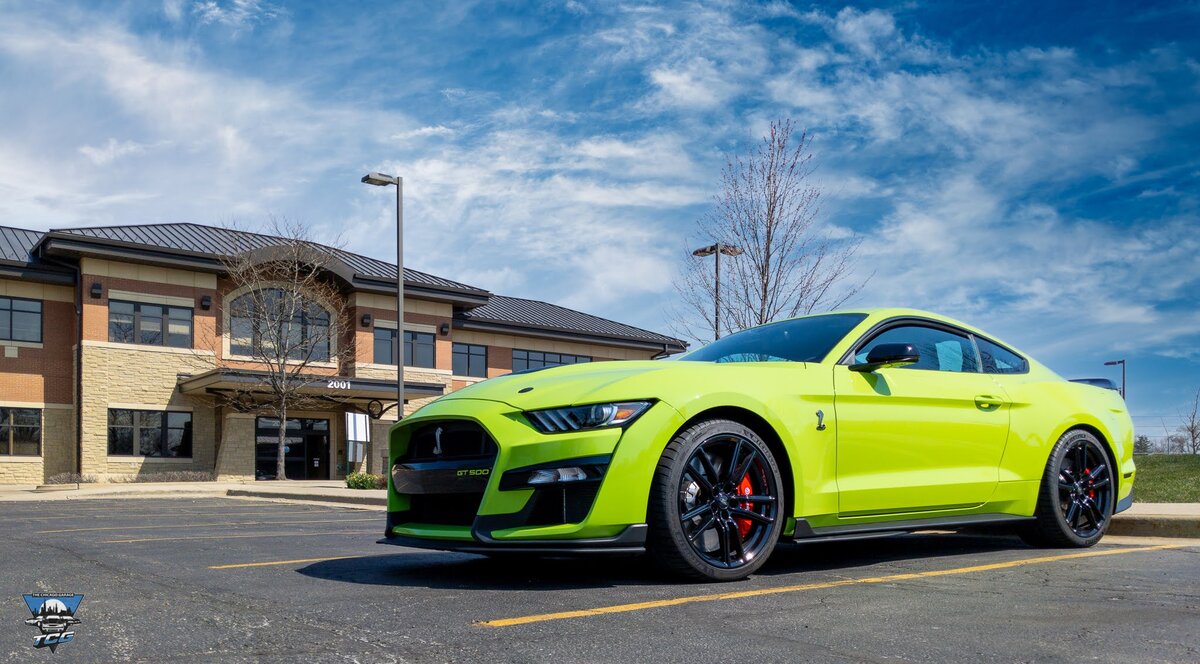
Ford’s deliberately limited production strategy further supports strong residual values. By restricting annual manufacturing volume and clearly defining production years (particularly for the GT350’s 2015-2020 run), Ford created immediate scarcity that has appreciably strengthened over time.
This production discipline stands in contrast to previous special Mustangs that sometimes suffered from extended production runs that eventually saturated their market segments.
The historic Shelby connection provides perhaps the most significant value support. Carroll Shelby’s legacy as an American performance icon creates collector interest beyond mere performance metrics, positioning these vehicles as historically significant continuations of the legendary 1960s Shelby Mustangs.
This heritage association attracts investment-minded buyers alongside driving enthusiasts, broadening demand beyond typical sports car demographics.
Particularly strong performers in the depreciation-resistance category include manual transmission examples (especially in the GT350), special editions like the GT350R and GT500 Carbon Fiber Track Pack, and final production year models.
For buyers seeking genuine track-capable performance with reasonable ownership costs, the GT350/GT500 platform represents one of the most compelling value propositions in the contemporary performance marketplace delivering exotic-car thrills with depreciation profiles more similar to collectible assets than disposable consumer goods.
12. Toyota 4Runner
The Toyota 4Runner has established itself as the gold standard for SUV value retention, consistently ranking at or near the top of depreciation studies across multiple generations.
This body-on-frame SUV typically retains approximately 70-75% of its value after five years an extraordinary performance that sometimes sees clean, low-mileage examples selling for near their original MSRP even after several years of ownership.
This remarkable depreciation resistance stems from Toyota’s unwavering commitment to the 4Runner’s core identity as a rugged, off-road capable vehicle that prioritizes longevity over passing trends.
Unlike competitors who have migrated to car-based crossover platforms, the 4Runner maintains its truck-based chassis and mechanical simplicity, preserving capabilities increasingly rare in the modern SUV marketplace.
This architectural consistency creates enduring appeal among buyers seeking genuine off-road functionality combined with reasonable on-road manners.
The resulting demand consistently outstrips supply in both new and used markets, creating a perpetual seller’s advantage that supports strong valuations.
Toyota’s conservative approach to 4Runner engineering changes further strengthens its market position.
By emphasizing evolutionary improvements rather than revolutionary redesigns, Toyota ensures older models maintain relevance while establishing a reputation for thoroughly vetted systems rather than cutting-edge but potentially problematic technologies.
This engineering philosophy translates directly to extraordinary reliability metrics, with many examples easily exceeding 300,000 miles of service life creating rational justification for premium pricing of used examples.
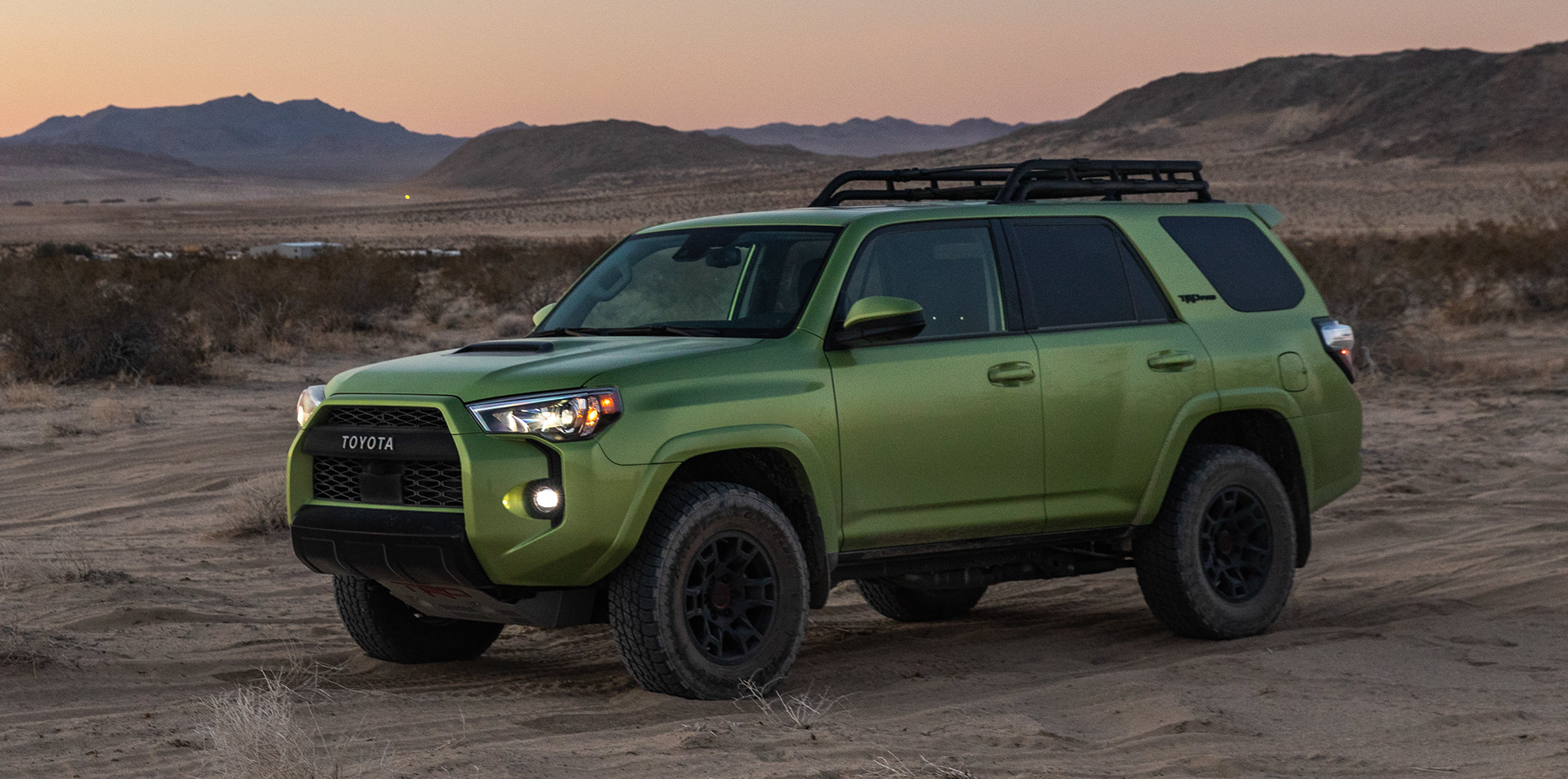
The 4Runner benefits additionally from its passionate owner community and extensive aftermarket support.
The vehicle’s popularity among outdoor enthusiasts has created a thriving ecosystem of performance upgrades, enabling owners to enhance capability while frequently increasing rather than diminishing resale value.
Special editions like the TRD Pro and limited-production variants command extraordinary premiums in the secondary market.
What truly distinguishes the 4Runner’s depreciation performance is its consistency across economic cycles and generational transitions.
During the 2008-2009 recession when most vehicle values collapsed, 4Runner pricing remained remarkably stable, demonstrating its status as a financial haven within the automotive market.
Similarly, when new generations arrive, previous models maintain their value rather than experiencing the sharp depreciation typical during model transitions.
For buyers seeking to combine adventure-ready capabilities with financial prudence, the 4Runner represents perhaps the safest automotive investment in the SUV segment delivering both practical transportation and extraordinary financial stability.
Also Read: 10 Off-Road Vehicles That Can Handle Extreme Conditions for Decades

